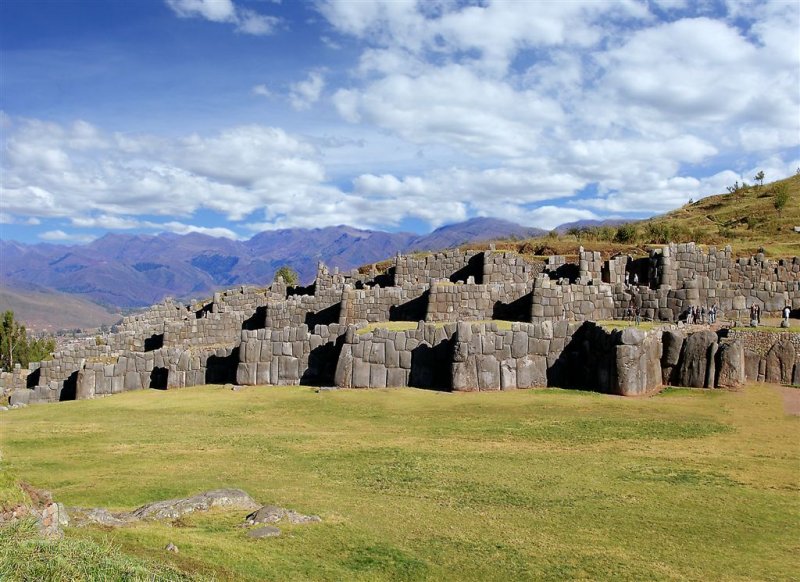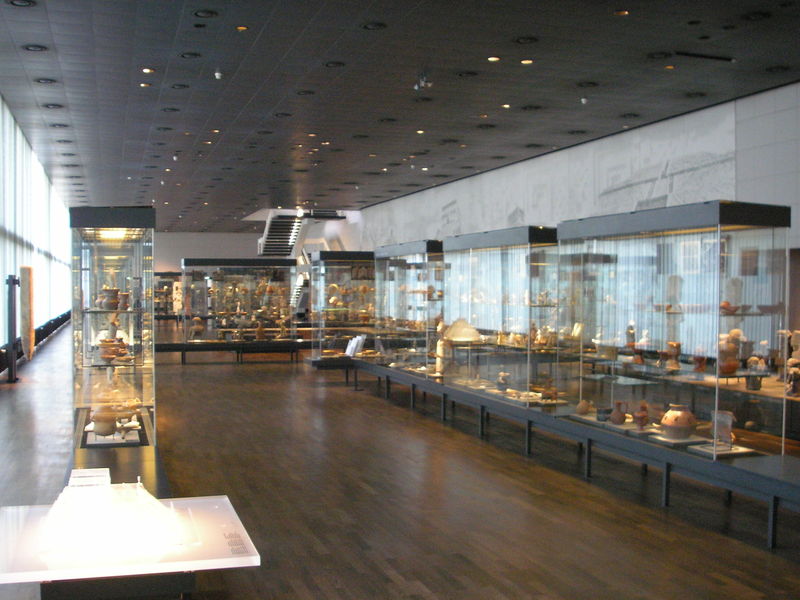Kim MacQuarrie’s Peru & South America Blog

(Above: The Inca ruins of Sacsayhuaman (also Saqsaywaman) lie just above the city of Cuzco, Peru, at an elevation of nearly 12,000 feet)
Ancient Temple Discovered Among Inca Ruins
National Geographic News
March 31, 2008
A temple thought to have once housed idols and mummies has been unearthed near an ancient Inca site in Cusco, Peru…
(more…)

An Antiquities Gallery within the Ethnological Museum of Berlin
SOMOS
(El Comercio)
July 12, 2008
By Dr. Federico Camino Macedo
(Translated by Kim MacQuarrie)
The article in SOMOS 1125 [June 28, 2008, in El Comercio] referred to José Macedo as an ignorant criminal who colluded with the German August R Berns in the sacking, looting, and commercialization of the treasures of Machu Picchu. In reality, the former is Doctor Mariano José Macedo Cazorla (born in Ayaviri in 1823; died in Lima in 1894), a prestigious medical doctor who introduced the study and scientific treatment of epidemics to Peru and who, according to Carlos Enrique Paz Soldán, was “the greatest hygienist of his time” (La Vida y Obra de Mariano José Macedo; Lima, 1945, page 48)…
(more…)
An Interview With Paolo Greer
Part 1
Note: Recently, a number of stories have emerged in the press alleging that a German adventurer and businessman, Augusto R. Berns, discovered and/or looted Machu Picchu decades before Hiram Bingham arrived at the now famous Inca site in 1911. The stories, for the most part, owe their origin to a 57-year-old American explorer and researcher named Paolo Greer, who claims that he has discovered old maps and other documents showing that Augusto R. Berns created a company, “Huacas del Inca,” or “The Inca Idols Company,” that “was formed to sack Machu Picchu.” In a recent article, Greer also stated that “Although Bingham was directed to Machu Picchu, not by Augusto Berns but by Albert Giesecke, the head of the University of Cuzco, Berns was probably the prospector Bingham had heard about, the one who had been to Machu Picchu decades before him.”
Since the publication of Greer’s article, various reporters have interviewed a number of people in Peru and elsewhere who have claimed to either have worked on Greer’s “research team” or else have accused Greer of having appropriated their work. To help clarify what Greer did or did not discover, and how and when he made his discoveries, the following is Part 1 of an interview with Paolo Greer… (KM)
(more…)


